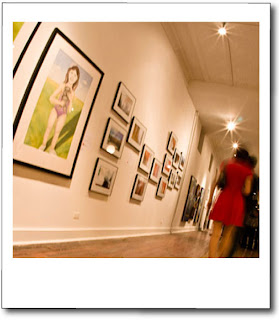
We caught up to this traveler at breakfast, the last one in the dining room.
HI: Hey, Whats your name?
Huw Ambrosio
HI: Whoa, that’s a pretty interesting name, where are you from?
Australia.
HI: Yeah, the accent gave you away. What brings you to Chicago?
I dunno, just traveling, I have some family here that I’m visiting for the holidays.
HI: Not staying with your family then?
I’ve actually never met them before, We’ve only spoken on the phone.
HI: Are you nervous about meeting them?
Yeah, a bit. laughs
HI: How long have you been in Chicago, have you had a chance to explore?
I’ve been here 2 nights, got lost in the way to Lincoln Park Zoo Did make It to the Chirstkindlesmart and some pub though.
HI: And your plans for tonight?
Some chick said she was having a birthday party and I think I’m tagging along-
HI: Well that sounds fun. Anything stand out to you about Chicago?
Yeah, the buildings have a lot of character, beautiful facades and all. In Australia
All the buildings are rather dull. The cold is pretty intense here too.
HI: Yes, you’re right, Chicago does have great architecture and a bitter winter. What do you do in Australia?
I’m studying to become a primary school teacher.
HI: That’s awesome man! Good Luck and thanks for the interview!
No problem.





_map_Northeast_network.png)














